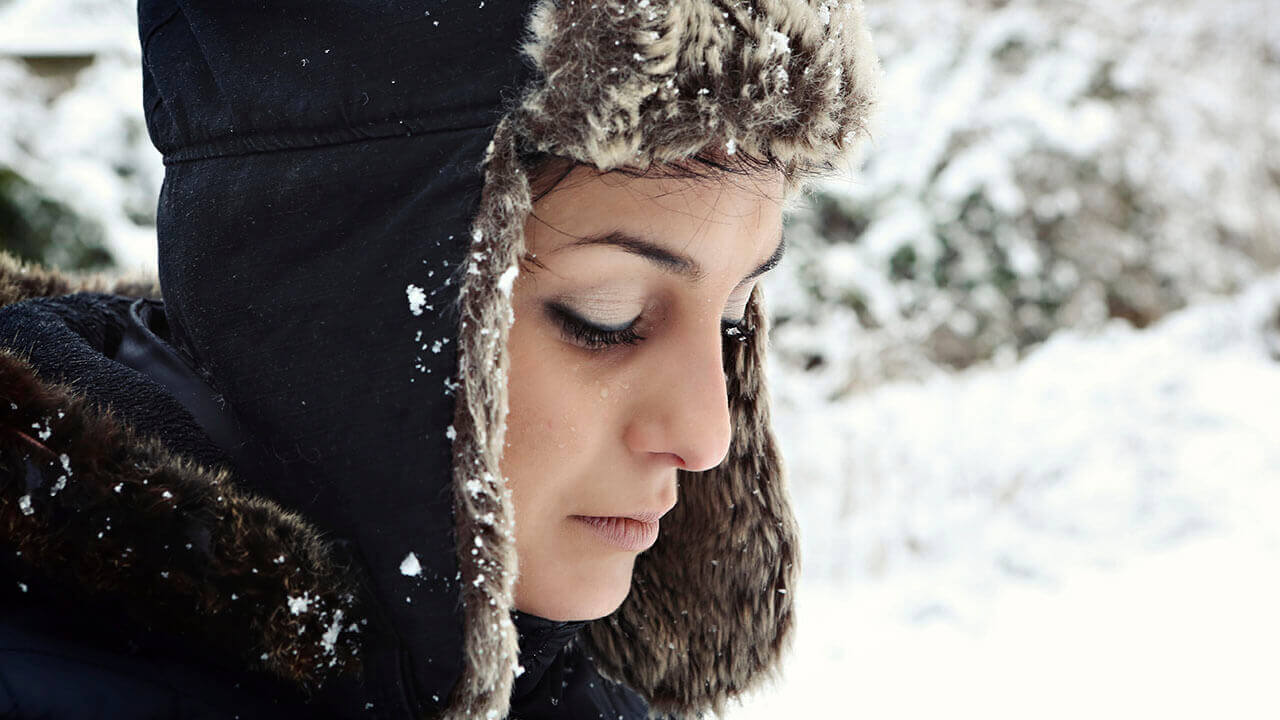

Your mood can be influenced by the weather. Seasonal Affective Disorder is a type of sadness and depression that occurs at a defined time of the year, usually in winter. Most of us experience this to some degree as the days get shorter and the weather gets colder, but if the sadness and depression goes beyond the “winter blues”, you may have Seasonal Affective Disorder (SAD).
Symptoms include:
Thankfully, there are many ways to combat this disorder and return to your normal mood. To manage symptoms at home:
Don’t let Seasonal Affective Disorder stop you in your (snowy) tracks!
Symptoms include:
- Sad, anxious or “empty” feelings
- Feelings of hopelessness and/or pessimism
- Feelings of guilt, worthlessness or helplessness
- Irritability, restlessness
- Loss of interest or pleasure in activities you used to enjoy
- Fatigue and decreased energy
- Difficulty concentrating, remembering details and making decisions
- Difficulty sleeping or oversleeping
- Changes in weight
- Thoughts of death or suicide
Thankfully, there are many ways to combat this disorder and return to your normal mood. To manage symptoms at home:
- Get enough sleep
- Eat healthy foods
- Exercise more often
- Light therapy: This involves a special lamp with a very bright light that mimics light from the sun. If light therapy works for you, it will alleviate symptoms within three to four weeks.
- Medications: Antidepressant medicines can also be used to treat SAD.
Don’t let Seasonal Affective Disorder stop you in your (snowy) tracks!



